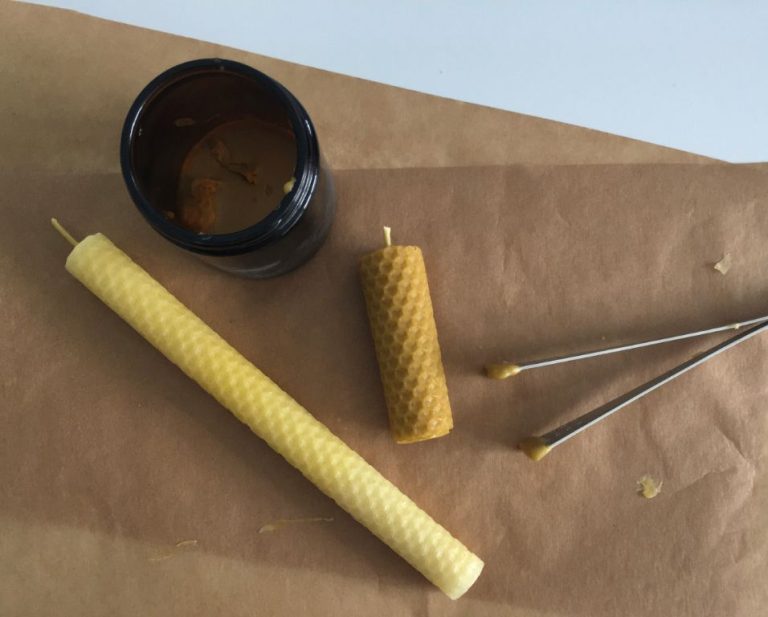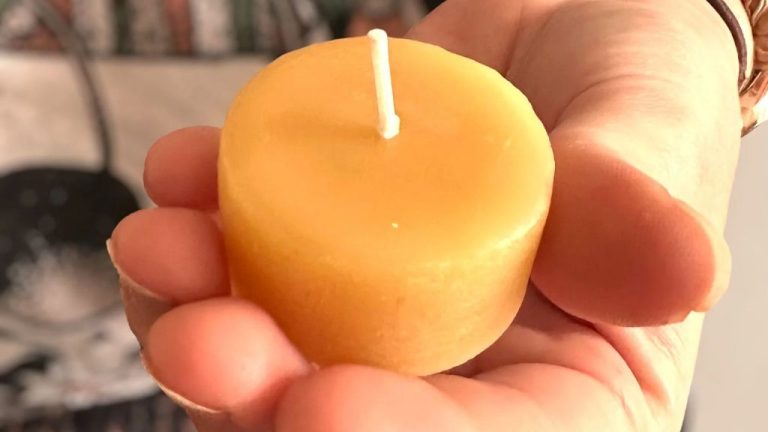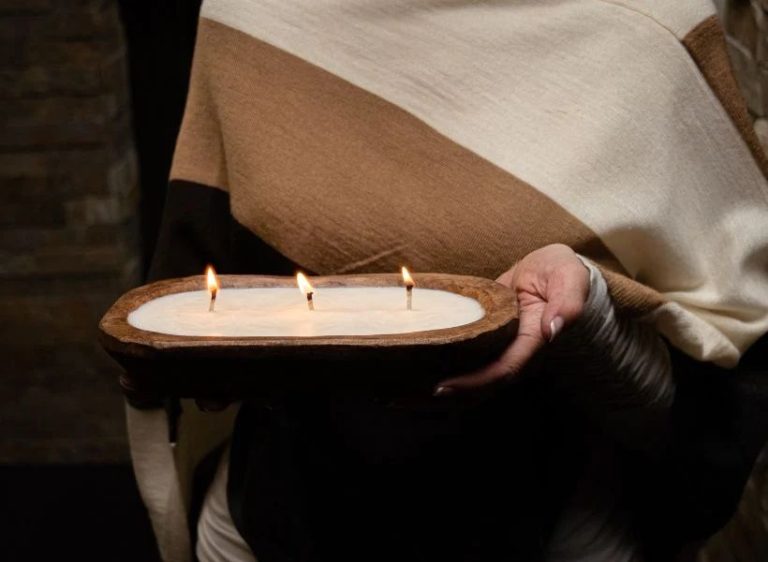How Long Should Coconut Soy Wax Cure?
What is Curing?
Curing refers to allowing wax time to fully set up and stabilize after it is poured into containers. Curing is especially important for soy wax candles because soy wax contains more oil than paraffin wax. If not given proper cure time, the oils can seep to the surface of the wax and prevent even burn.
Curing allows time for any pockets of trapped air to rise to the surface and escape, which results in a smoother wax surface. It also enables all the wax components to fully bind together. When you first pour soy wax, it is still fluid. As it cures, the wax molecules solidify into a rigid structure.
Letting soy wax cure properly ensures the wax has reached its maximum hardness and opacity. This allows the candle to burn slower and more evenly. If a soy wax candle is not allowed to cure for long enough, it may tunnel or have an uneven melt pool. The oils may also prevent effective fragrance throw. The ideal cure time allows the wax to become firm and stable so it can burn perfectly.[1]
Ideal Curing Times
The recommended curing time for coconut soy wax candles is 1-2 weeks according to experts on Reddit (https://www.reddit.com/r/candlemaking/comments/101d7xy/how_long_do_soy_wax_candles_need_to_cure/). This allows for complete evaporation and solidification of the wax, which leads to an ideal burn and maximizes scent throw. Curing for the full 1-2 weeks has several benefits:
- Allows all trapped air bubbles to rise to the surface and dissipate
- Gives fragrance oils time to fully blend with the wax for maximum hot and cold scent throw
- Minimizes frosting, wet spots, and other cosmetic issues on the candle surface
- Reduces risk of sputtering, tunneling, and other performance problems
Insufficient cure times can lead to candles that are aesthetically unappealing or functionally problematic. Frosting, wet spots, poor scent throw, and uneven burn are common issues with undercured soy wax candles. Allowing the full recommended 1-2 week cure period results in candles that look, smell, and burn their best.
Testing for Full Cure
You can test if your soy wax is fully cured by examining the appearance and texture. According to candlescience.com, cured soy wax should be smooth with a matte finish and have a uniform consistency [1]. The wax should not be grainy or greasy. Testing methods include making a small test candle or checking the texture by scooping some wax onto a spoon.
Signs that the wax is undercured include wax that is too soft or oily, wet spots on the surface, air bubbles, frosting, sweating, and poor scent throw. Undercured wax may also tunnel or deform too easily. Before pouring candles, do a burn test on a small amount of wax to ensure it has fully cured and hardened [2]. Let the test candle burn for at least 30 minutes and observe how the wax pools and the overall burn quality. If any issues arise, allow the wax to cure for longer before attempting to make candles.
Curing Tips
Proper curing is essential for soy wax candles to achieve their best burn performance. Here are some tips for effective curing:
Ideally, candles should be cured in a room temperature environment between 68-74°F, according to The Sojourn Company (https://sojourncompany.com/blog/how-long-should-soy-candles-cure/). Curing at higher temperatures can cause the wax to melt or lose its shape. Lower temperatures may slow the curing process.
Placing candles on a wax warmer for 1-2 hours can help speed up curing without excessive heat, as recommended by eHow (https://www.ehow.com/how_5668445_cure-soy-candle.html). Warmers gently warm the wax to promote even curing.

While curing, candles should be stored in a dry, dust-free area out of direct sunlight. Covering the candles with cardboard boxes or lidded containers helps protect the wax surface.
Adding Fragrances and Dyes
The best time to add fragrances or dyes to the wax is once it has cooled to 175-185°F, but before it starts to set up and solidify (Source). At these slightly cooler temperatures, the fragrances and dyes will blend evenly into the wax without losing volatile compounds that evaporate at higher temperatures. Adding them too hot can cause the fragrance to “burn off” before the wax fully sets.
Adding fragrances and dyes before the cure period will extend the curing time needed. The additives introduce more moisture into the wax, so it will take longer for the excess moisture to evaporate out. Be sure to allow additional cure time and routinely test the wax until no wet spots remain before pouring finished candles. The wax should feel dry to the touch when fully cured.
To test if a scented or dyed batch of wax is fully cured, pour a small amount into a container and allow it to fully harden. Then, turn the container on its side and inspect the surface touching the container. If it remains dry and doesn’t develop wet spots, the wax is fully cured and ready for candle making. If wet spots appear, allow more cure time.
Container Material Considerations
The type of container used for pouring soy wax candles can impact cure time. This is because some materials absorb heat better than others, affecting how quickly the candle cools and solidifies.
Metal containers like tin and aluminum conduct heat very well, allowing candles to cool and cure faster than other materials. The downside is that metal can get too hot to handle while the candle is burning.
Glass containers are popular for candles because they allow the candle to be seen. However, glass is an insulator that retains heat. This slows down the curing process compared to metal. Thicker glass holds onto heat for even longer.
Silicone is gaining popularity as a candle vessel material. Like glass, silicone is an insulating material that slows cooling. Silicone’s flexibility also means containers may bend as wax shrinks during curing, which can lead to cracks. Fragrances may also stain silicone over time.
No matter the material, containers should be room temperature before pouring wax to prevent cracking and adhesion issues. Allowing extra cure time is recommended if using glass or silicone over metal vessels. Testing wax for full cure is advised, especially for slower-cooling container types.
Troubleshooting
Undercured soy wax is one of the most common issues that can arise. Signs of undercured wax include frosting, sweating, wet spots, and crumbling (https://www.candlescience.com/wax/soy-wax-trouble-shooting-guide/). The wax may also pull away from the sides of the container. This happens when the wax has not had enough time to fully solidify and shrink.
To fix undercured wax, give it more time to finish curing. Let the candle sit for at least 48 more hours if you see signs of undercuring. This allows the wax to fully shrink and solidify. You can also try placing the candle in the refrigerator for 1-2 hours to help speed up the cure time. Just make sure not to put it directly on a cold surface like metal.
To prevent undercuring, allow soy wax to cure for 1-2 weeks before burning, moving, or adding more layers. Cure in a room around 70°F and keep away from drafts or extreme temperatures. Only pour 1-2 inches of wax per layer. Test for cure by gently pressing on the wax – it should be completely solid and not leave an indentation (https://www.vedaoils.com/blogs/candlemaking/soy-candle-wax-troubleshooting). Proper wick size and not overheating the wax while burning will also minimize issues.
Storing Cured Wax
Properly storing cured coconut soy wax is important for preserving the quality and extending the shelf life of your candles or wax melts. Here are some tips for ideal storage:
Use air-tight containers like glass or metal tins. Plastic containers can also work as long as they have tight lids. Opaque containers are best for preventing light exposure which can fade colors over time (https://www.serathena.co.uk/blogs/home-fragrance-lifestyle-blog-uk/maximize-your-wax-melt-experience-how-to-store-wax-melts-like-a-pro).
Store wax in a cool, dry location away from heat sources. Ideal storage temperature is around 60-75°F. Storing wax in the fridge or freezer is not recommended as temperature fluctuations from taking products in and out can cause condensation issues (https://www.reddit.com/r/candlemaking/comments/vrda7z/storing_candles_while_curing/).
With proper storage, cured coconut soy wax should remain useable for 6-12 months. Over time, the fragrance may weaken so wax older than a year is best used for unscented products.
Uses for Cured Wax
Cured soy wax has many great uses, especially for candle making and other crafts. Here are some of the best applications for soy wax once it has fully cured:
Making candles – Fully cured soy wax is ideal for candle making. The curing process helps the wax harden and makes it easier to work with. Cured soy wax will burn longer and cleaner in candle vessels. According to Armatage Candle Company’s blog, candles made with properly cured wax have less frosting and sweating. Remove wicks before adding more fragrance or dye and remelting cured wax to reuse.
Wax melts and tarts – Cured soy wax can be used to create wax melts and tarts by pouring wax into silicone molds and adding fragrance oils. The wax melts can then be melted in wax warmers to scent a room.
Embeds and toppers – Use cured wax to create decorative embeds and toppers to embellish the tops of candles. Simply remelt the wax, add dye, and pour into embed molds.
Arts and crafts – Soy wax can be used for various arts and crafts when fully cured. It can be cut into shapes, colored, or sculpted. Cured soy wax is also great for making crayons.
The curing process helps harden the wax and makes it easier to handle for crafting. Allowing soy wax to fully cure before use ensures it will burn cleaner and perform better in candle making applications. The cure time allows any wet spots in the wax to fully harden.
FAQs
Here are answers to some frequently asked questions about curing coconut soy wax:
How long does coconut soy wax really need to cure?
Most experts recommend allowing coconut soy wax candles to cure for 24-48 hours before burning. This allows time for the fragrance oil to fully bind with the wax and prevents issues like poor scent throw. Curing for less than 24 hours may lead to tunneling or an uneven burn. According to Lonestar Candle Supply, a full cure can take up to 2 weeks, but waiting that long is not necessary for most applications [1].
Do I need to cure candles with the lid on or off?
You should cure coconut soy candles with the lid off. Leaving the lid on can cause condensation to build up inside the jar, which can lead to issues like frosting or wet spots. Allowing the wax to breathe leads to a better cure [2].
Does curing really make a difference?
Yes, proper curing is critical for coconut soy wax. Curing allows time for the fragrance oil to bind tightly with the wax so it doesn’t leach out when the candle is burned. Well-cured candles will have better hot and cold scent throw. Curing also minimizes issues like frosting, wet spots, and tunneling.
Can I speed up the curing process?
There’s no safe way to reliably speed up curing. Rushing the process by burning candles too soon often backfires and causes more problems. Be patient and allow your coconut soy wax candles to cure for at least 24 hours for best results.





